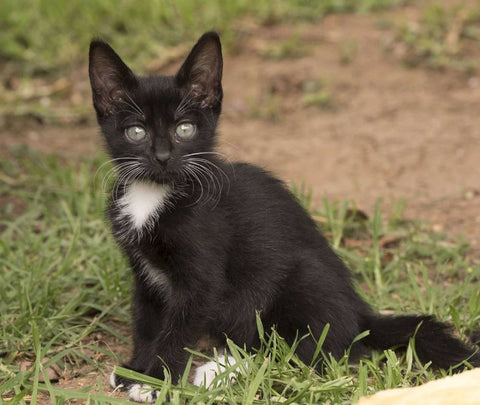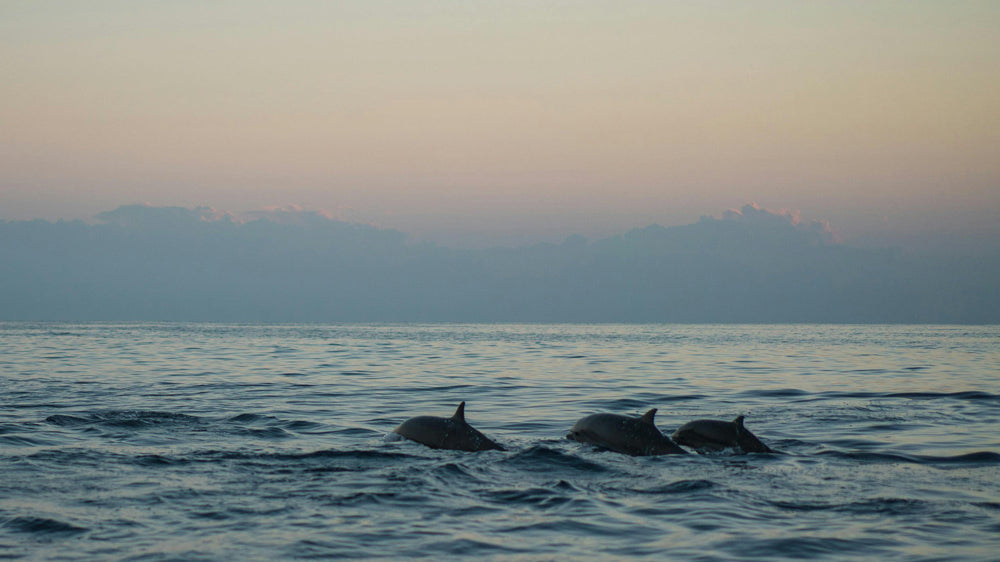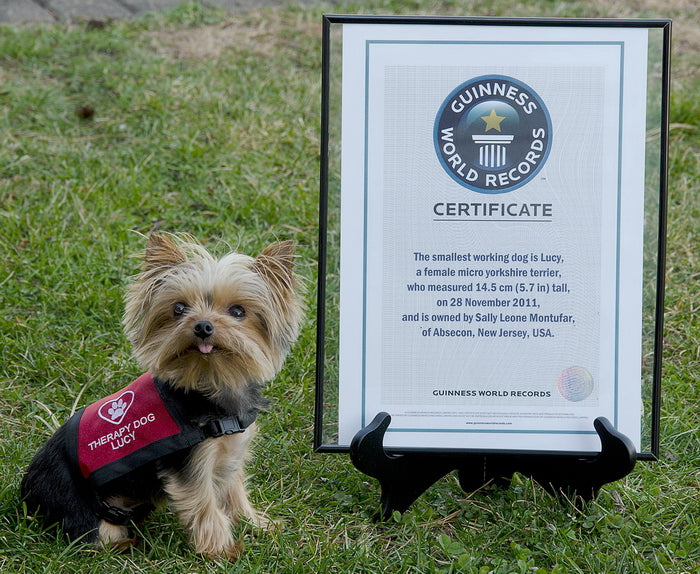Off the coast of Bremer Bay in Western Australia, a remarkable and unsettling behavioral display has been captured on film for the first time. In a rare moment of marine life documentation, a pod of orcas was seen engaging in a training session that involved pretending to drown one of their own. This striking footage, part of the BBC’s new nature series “Parenthood,” offers unprecedented insight into the complex and often brutal ways in which orca pods prepare their young for the challenges of survival—particularly the daunting task of hunting blue whales.

This first-of-its-kind video shows a young orca playing the role of prey, allowing other members of the pod to surround it and submerge its blowhole, temporarily preventing it from breathing. The pod practices holding the juvenile underwater before releasing it, simulating the technique they use when hunting massive marine mammals. Later in the same footage, the orcas apply this method during an actual hunt, targeting a blue whale. They work in unison to crowd around the whale’s head and submerge its blowhole, a tactic that can lead to drowning. While the outcome of this particular hunt remains unclear, the behavior itself is a powerful reminder of the orca’s intelligence and coordination.
Orcas, or Orcinus orca, are known for their complex social structures and learned hunting strategies. According to the BBC, this is the first time such practice-hunting behavior has been filmed. The footage was captured using specialized underwater stabilizing equipment, including gimbals and tow cameras, which allowed the film crew to move at the same speed as the hunting orcas. This technological edge provided fresh perspectives on the intricacies of orca behavior, revealing the depth of their training practices and social bonds.
Bremer Bay is home to the largest known congregation of orcas in the Southern Hemisphere, with an estimated population of around 200 individuals. Typically, these pods—ranging from six to twenty members—feed on giant and colossal squid. However, the footage suggests that orcas may also engage in blue whale hunting not solely for sustenance but possibly for stimulation or social bonding. Marine biologist Nancy Black, speaking to National Geographic in a previous report, compared the behavior to a cat playing with its prey, suggesting a level of playfulness or curiosity behind the orcas’ actions.
Hunting a blue whale, the largest animal to have ever lived, is no small feat. Adult whales are formidable opponents, and orcas usually target individuals that are sick or accompanied by calves. Calves are more vulnerable, often tiring more quickly and falling behind, making them easier targets. The training session documented by the BBC may serve to prepare young orcas for these high-stakes encounters, ensuring that they develop the skills needed to survive and thrive in their environment.
Sir David Attenborough, who narrates the “Parenthood” series, contextualizes the footage with his signature clarity. “These orca need to be on top of their game,” he says. “They hunt the largest animals that have ever lived: blue whales.” His narration underscores the stakes involved in such hunts and the level of preparation required for success. The series as a whole explores the diverse strategies animal parents use to enhance their offspring’s chances of survival, with orcas exemplifying a particularly intense form of parental investment through simulated combat and cooperative learning.
What I found striking about this footage is the emotional complexity it evokes. On one hand, it’s a testament to the orca’s intelligence and adaptability. On the other, the scene of a young orca being held underwater by its own pod evokes a visceral response. The behavior is not cruel in the human sense but is instead a calculated and necessary step in the development of a top marine predator. It challenges viewers to reconsider how we interpret animal behavior and the often harsh realities of life in the wild.
The “Parenthood” series also includes other examples of extreme parenting strategies in the animal kingdom. One such story features the African social spider, whose maternal sacrifice—feeding her body to her offspring in a process known as matriphagy—highlights the lengths to which some species will go to ensure the survival of the next generation. These narratives, while sometimes difficult to watch, offer a profound look at the natural world and the evolutionary pressures that shape behavior.
For those interested in marine biology, animal behavior, or the broader topic of predator-prey dynamics, this footage from Bremer Bay offers a rare and invaluable glimpse into orca life. It also raises compelling questions about the role of play, training, and social learning in the animal kingdom. As researchers continue to document and analyze such behaviors, our understanding of these complex marine mammals deepens, revealing a world that is as intellectually rich as it is physically demanding.
Whether motivated by necessity, instinct, or social cohesion, the orcas’ simulated drowning session is a powerful example of how nature’s most formidable predators hone their skills. It is a reminder that survival in the wild often requires not just strength and speed, but also strategy, cooperation, and a willingness to teach the next generation.











